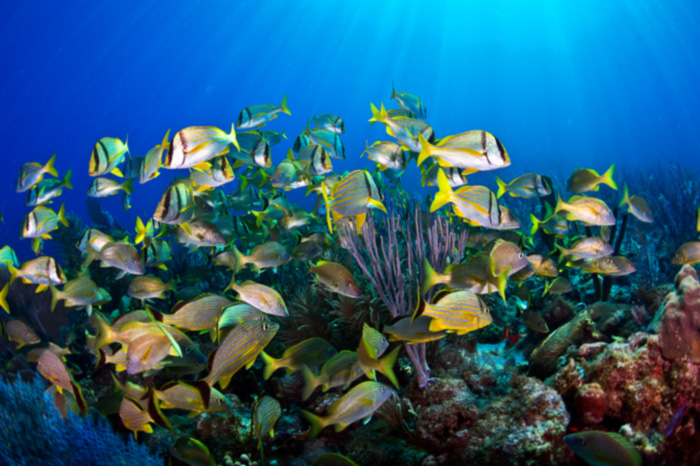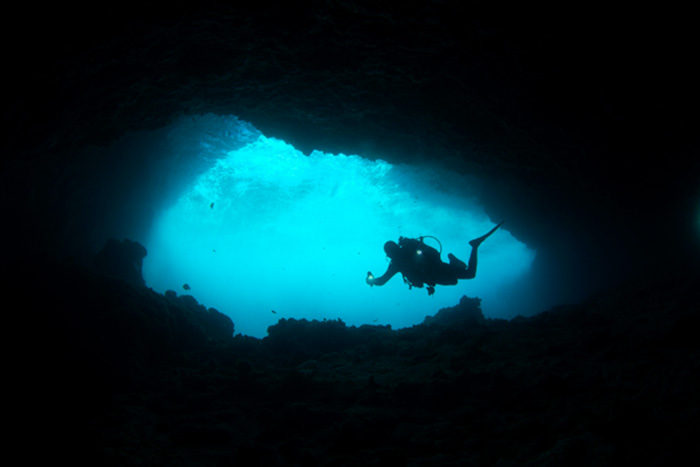As of 2000, Cuba's most pressing environmental problems were deforestation and the preservation of its wildlife. The government has sponsored a successful reforestation program aimed to replacing forests that had gradually decreased to a total of 17% of the land area by the mid-1990s.
Endangered species in Cuba include the Cuban solenodon, four species of tree rats( jutías), two species of crocodile (American and Cuban rombifer ), and the Cuban tree boa. In 2001, 9 out of 31 mammal species were considered threatened. 13 ouf 137 bird species were also in jeopardy. 7 out of 105 kinds of reptiles were dying out,along with 834 plant species out of a total of 6,000-plus. The ivory-billed woodpecker, Cuban red macaw, Caribbean monk seal, and Torre's cave rat have become extinct.
The National System of Protected Areas of the Republic of Cuba has proposed, after detailed studies on the values of the biodiversity of the country, to establish the areas of greatest ecological, social-historical-cultural relevance of the nation.
This is to guarantee the conservation and the sustainable use of the Cuban biodiversity, considering it a priority within the National program of Environment and Development. It is also to show commitment of the Cuban State to dedicate part of the Convention on biological diversity. This system is integrated by 236 units, 79 of them protected areas of national importance, and the rest considered protected areas of local importance.

The Republic of Cuba, with a population of 11 million, is the largest of the Antilles Islands, separating the Atlantic Ocean and Gulf of Mexico to the north, from the Caribbean Sea to the south. It is 1250 km (775 miles) long and ranges from 40 km to 160 km (24 to 96 miles) in width. The country consists of more than 4000 islands and keys, nearly 6000 kilometers (3600 miles) of palm and mangrove-lined coastline, almost 300 natural beaches, three major mountain ranges with numerous connecting ranges, rain forests, and broad, rich and verdant, fertile plains and valleys dotted with tall, stately palms. The climate is moderately sub-tropical with an average temperature of 24.6 C (76.3 F): in summer 25 C (77 F) and in winter 22 C (71.6 F).
The island is completely surrounded by thousands of kilometers of coral reefs containing the most diverse variety of corals, fish and other marine life to be found anywhere, with steep walls dropping from reefs to the abyss.
More than 150 species of Atlantic, Gulf and Caribbean fish abound in Cuban waters, from the majestic marlin, swordfish and sailfish to bonefish, tarpon, shook and permit on flats and in estuaries; snappers and groupers on the reefs. Tuna, cobia, mackerel, sea trout, jack and barracuda also proliferate. The socioeconomic development is combined with the conservation of environment. These protected areas are organized in categories of management comprise within the National System.
More than 20 systems of caves and caverns can be explored throughout the island.Some with rivers or underwater caves are connected with the sea. Many of them treasure ancient native pictographs, and all with their unique living species.

Caleta del Toro
In addition, 7 special regions of sustainable development exist constituted by the 4 mountain ranges of the country (Guaniguanico, Guamuhaya, Sierra Maestra and Nipe-Sagua-Baracoa), the marshland of Zapata and the Canarreos archipielagoand Sabana.
Between the protected areas of national importance, the foremost are 14 national parks, the 25 ecological reserves, the 6 reserves of the biosphere (Guanahacabibes, Sierra Rosary, Bog of Zapata, Buenavista, Baconao and Cuchillas of the Toa), the cultural landscape of the Viñales humanity and the Natural Patrimony of the humanity Disembarkation of the Granma.
The special regions of sustainable development and the reserves of the biosphere are not included within the categories of handling of the National System of Protected Areas. But through its economic expansion, potentialities, national and international importance of its natural values and frail ecosystems, they are related closely to the system. The group of protected areas, including all its alternatives and categories of handling, covers approximately 22% (1 400 000 has) within the national territory. In Cuba, nature wonders like the blind fish, can be found living in crystalline waters of underground lakes in carsick caverns in Pinar del Rio. Other truly charming species are part of the Cuban ecosystem like: dazzling snails called polimitas and the smallest frog on the planet (Eleutherodactylus limbatus, less than 1 cm in length), the tiniest hummingbird (Mellisuga helenae or Zunzuncito, 63 mm), rare and beautiful orchids and extraordinary butterfly with transparent wings.

Jutía (a rodent), also known as banana rat (Capromyidae family)
Cuba is, in fact, an ecological paradise with favorable settings for nature and ecotourism lovers. It is very easy to take advantage of its immense wealth and ecological diversity through sustainable tourism focused on conservation. Avalon and Blue Sanctuary has been working with various partners in conservation since 1992 in providing a low impact experience in the marine parks of Cuba. Scuba Fishing, Snorkeling, Bird Watching, Eco-Adventures, Fly Fishing, and many other outdoor pursuits are a wonderful way to become acquainted with Cuba; while also contributing positively to the sustainable conservation programs facilitated by the ongoing efforts of Blue Sanctuary and it's partners.


